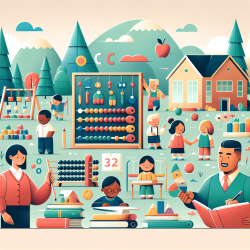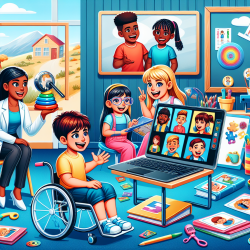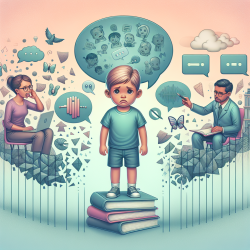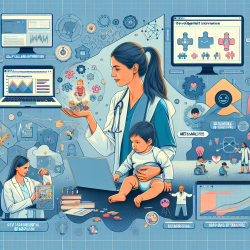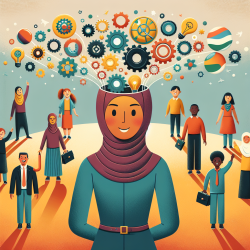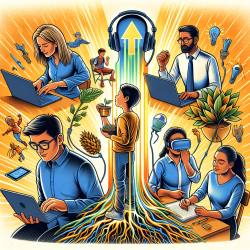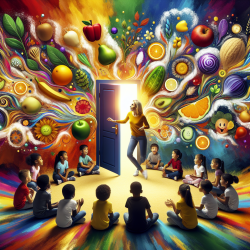The Oregon Department of Education and the Early Learning Division have collaborated to create comprehensive Early Learning and Kindergarten Guidelines. This initiative aims to align Oregon's early learning and kindergarten standards, providing a solid foundation for children from birth to grade 3. The ultimate goal is to ensure that 95% of children read proficiently by the end of grade 3. Here's a closer look at how these guidelines were developed and their key components.
Development Process
The guidelines were created through an extensive, collaborative process that involved various stakeholders, including early learning providers, kindergarten teachers, and community organizations. Here are some highlights:
- A statewide work group was formed in April 2015 to align standards for language, literacy, and math, and to develop new kindergarten standards in social-emotional development.
- Experts provided targeted technical assistance, especially for dual language learners.
- Over 200 stakeholders provided feedback on draft versions of the guidelines.
Core Components
The guidelines cover five main domains of development and learning:
- Approaches to Learning: Skills and behaviors children use to engage in learning, such as initiative and creativity.
- Social-Emotional Development: How children understand and manage emotions, establish relationships, and interact with others.
- Language and Communication: Development of language skills, both in the home language and English.
- Literacy: Early reading and writing skills.
- Mathematics: Basic math skills and concepts.
Best Practices
The guidelines emphasize several best practices to support child development:
- Developmentally Appropriate Practice: Teaching methods that are suitable for the age and stage of development of each child.
- Culturally Responsive Practice: Strategies to support children from diverse cultural and linguistic backgrounds.
- Trauma-Informed Practice: Approaches that recognize and address the impact of trauma on children's learning and development.
- Family Engagement: Encouraging active participation of families in their child's education.
Supporting Dual Language Learners
The guidelines provide specific support for dual language learners, recognizing the importance of maintaining the home language while learning English. The stages of second language development are:
- Home Language Use: Children use their home language even if others do not understand it.
- Nonverbal Period: Children use gestures and facial expressions to communicate.
- Telegraphic Speech: Children use short, essential phrases in the new language.
- Productive Language Use: Children begin to use longer and more complex phrases.
Conclusion
These guidelines are a valuable resource for everyone involved in early childhood education, from parents to educators. They provide a shared understanding of child development and learning, helping to ensure that every child in Oregon has the opportunity to thrive.For more information, please follow this
link.
